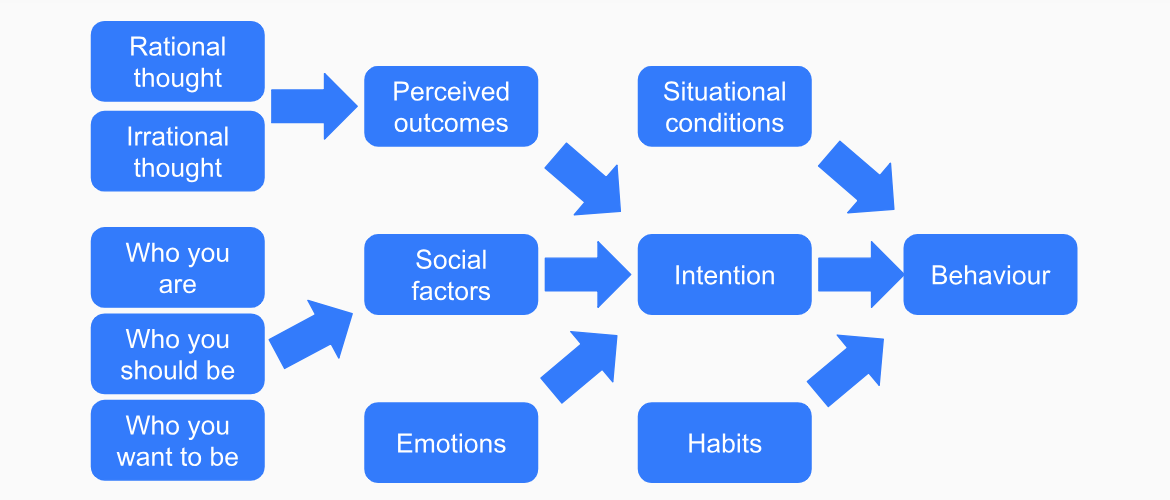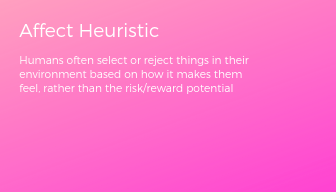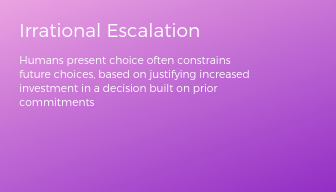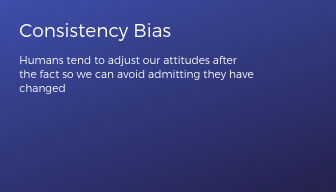I help startup leaders understand human behaviour.
Because wherever there are humans, there will be a gap between desired behaviour and observed behaviour, which often doesn’t seem to make sense.
Understanding why can help you design interventions to bridge that gap.
In the future, successful leaders will take the time to understand human behaviour and how it impacts their business - their employees, customers, partners and investors.
In the future, behavioural science departments will be embedded in successful organisations and act as a force multiplier for other areas of the business - much like data science, business operations and strategy do today.
But we aren’t there yet. That doesn’t mean startup leaders can’t benefit from the insights and interventions that can meaningfully change your business.
Understanding why can help you design interventions to bridge that gap.
In the future, successful leaders will take the time to understand human behaviour and how it impacts their business - their employees, customers, partners and investors.
In the future, behavioural science departments will be embedded in successful organisations and act as a force multiplier for other areas of the business - much like data science, business operations and strategy do today.
But we aren’t there yet. That doesn’t mean startup leaders can’t benefit from the insights and interventions that can meaningfully change your business.




